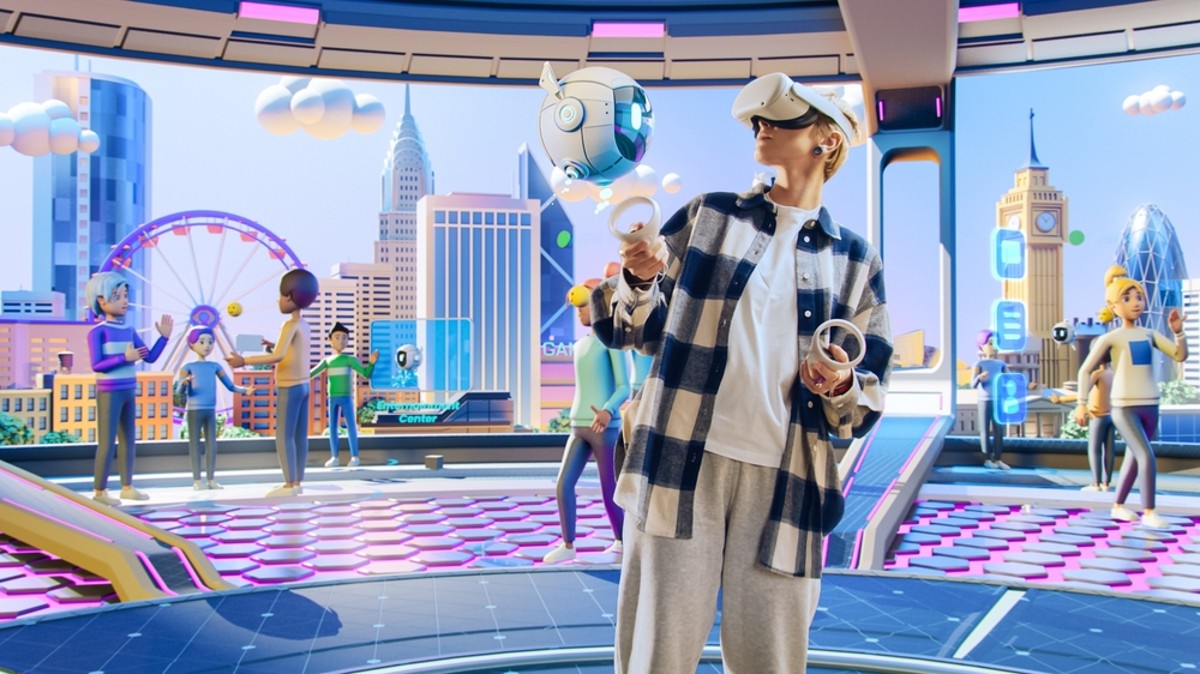Retroya, a captivating concept gaining significant traction, unlocks the power of nostalgia to create impactful experiences. This guide delves into the world of Retroya, exploring its essence, historical roots, and practical applications.
What is Retroya?
Retroya is the strategic use of nostalgic elements from past eras in contemporary settings. It’s about infusing a modern context with familiar aesthetics, themes, or cultural references that evoke a sense of sentimental longing.
The History and Evolution of Retroya
Nostalgia has always been a powerful human emotion. From ancient Greece’s yearning for a mythical golden age to the present day’s fascination with bygone decades, the past has held a certain allure. Retroya capitalizes on this inherent human sentiment, taking it a step further by actively incorporating nostalgic elements into current experiences.
The rise of Retroya can be traced back to the latter half of the 20th century. As societies underwent rapid change, a sense of longing for simpler times emerged. This nostalgia manifested in various ways, from the popularity of classic rock music to the resurgence of vintage fashion trends.
In the 21st century, the digital age has further amplified Retroya’s impact. Social media platforms have become a breeding ground for sharing nostalgic memories, fueling the trend. Additionally, the ease of accessing and replicating past aesthetics has made it easier than ever to incorporate Retroya elements into various fields.
How to Utilize Retroya
Retroya can be a powerful tool across various disciplines. Here are some key ways to leverage its potential:
- Crafting Compelling Narratives: Storytelling is a fundamental human experience. By incorporating nostalgic elements into narratives, creators can tap into a shared emotional wellspring, fostering deeper connections with audiences. For instance, a movie set in the present day could feature a soundtrack filled with classic music, instantly transporting viewers to a familiar emotional space.
- Embracing Simplicity: Modern life is often characterized by complexity and constant stimulation. Retroya can offer a refreshing counterpoint, reminding us of the beauty of simpler times. This can be particularly effective in marketing campaigns, where a nostalgic aesthetic can evoke feelings of comfort and trust. Imagine a commercial for a new beverage featuring a classic soda fountain, instantly creating a sense of nostalgia and warmth.
- Using Retroya in Marketing: Brands can leverage Retroya to connect with consumers on an emotional level. A company selling athletic wear could release a limited-edition line inspired by vintage sportswear, appealing to consumers’ sense of nostalgia for a particular era.
The Future of Retroya
As we move forward, Retroya is poised to play an even more significant role in shaping our experiences. Here are some key aspects to consider:
- Case Studies: Understanding how others have successfully employed Retroya can be immensely valuable. Studying successful marketing campaigns or films that effectively utilize nostalgia can provide valuable insights for future endeavors.
- Ethical Considerations: It’s crucial to use Retroya responsibly. While nostalgia can be a powerful tool, it’s important to avoid trivializing the past or exploiting sentimental feelings for purely commercial gain.
- Potential for Growth and Development: The potential applications of Retroya are vast and constantly evolving. As technology advances, new ways to utilize nostalgic elements will likely emerge. For instance, imagine virtual reality experiences that recreate historical settings, offering a truly immersive nostalgic journey.
Conclusion
Retroya is more than just a passing trend; it’s a powerful tool for creating impactful experiences. By understanding its history, applications, and future potential, we can leverage the power of nostalgia to shape a more emotionally resonant future. So, the next time you encounter a touch of the past in the present, remember the power of Retroya at play.



